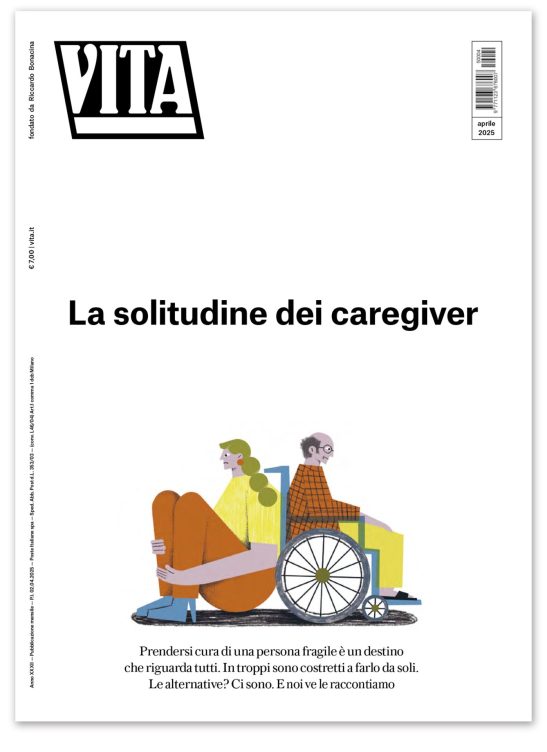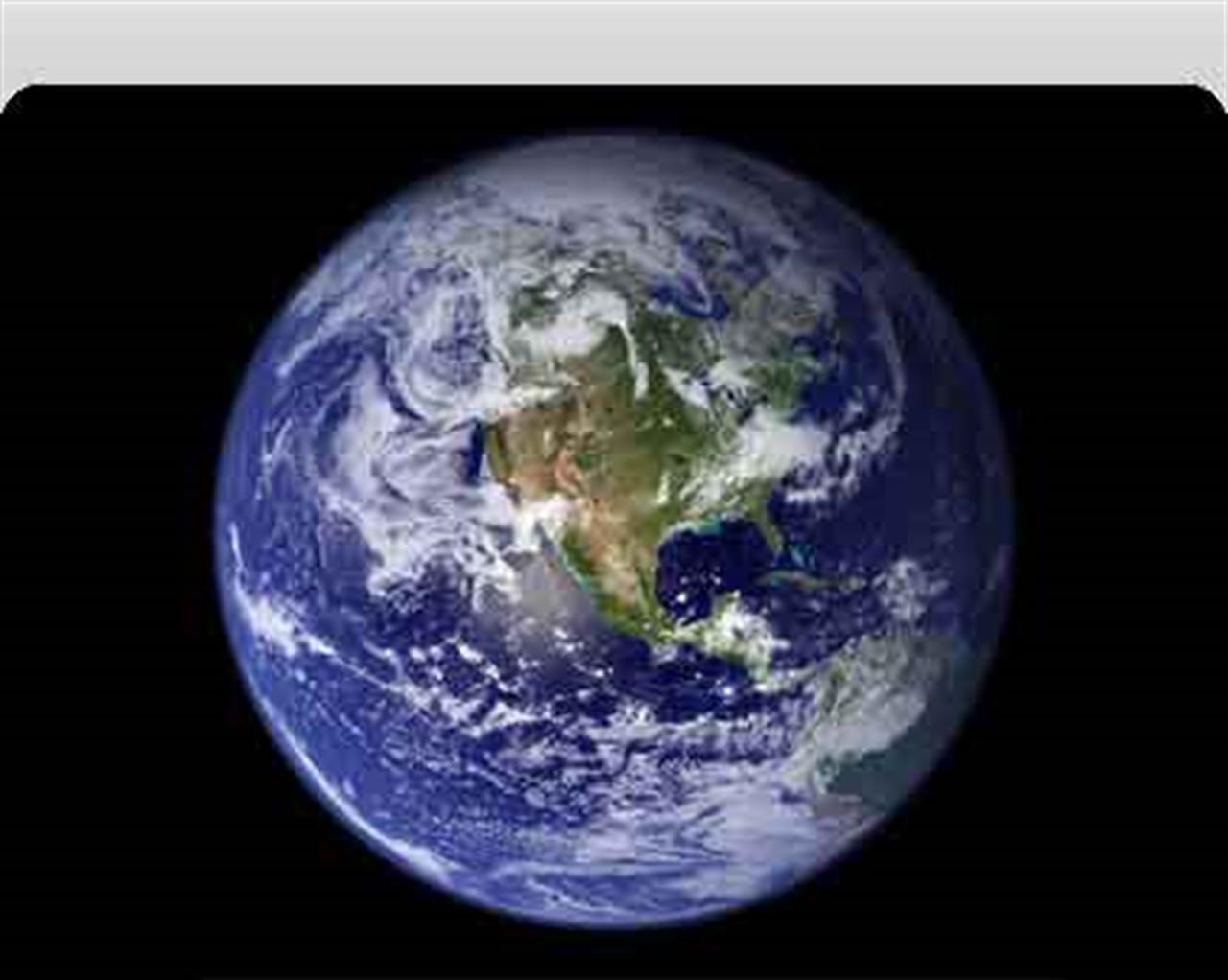September 23 this year marks an unfortunate milestone: the day humanity will have used all the resources nature will generate this year, according to data from Global Footprint Network, a research organization that measures how much nature we have, how much we use and who uses what. Beyond that day, we move into the ecological equivalent of deficit spending, utilizing resources at a rate faster than what the planet can regenerate in a calendar year.
What is Overshoot?
Just like any company, nature has a budget – it can only produce so many resources and absorb so much waste each year. The problem is, our demand for nature’s services is exceeding what it can provide. Since the 1980s, humanity has been in ecological overshoot, using natural resources faster than they can be regenerated and putting carbon dioxide into the air faster than it can be reabsorbed.
Globally, we now demand the biological capacity of 1.4 planets, according to Global Footprint Network. But of course, we only have one. The result is that our supply of natural resources – like trees and fish – continues to shrink, while our waste – primarily carbon dioxide – accumulates.
The greatest cause of overshoot is our carbon emissions. Today, humanity is simply emitting carbon faster than the planet can re-absorb it. Our carbon Footprint has increased more than 700 percent since 1961.
How Earth Overshoot Day is calculated
Each year, Global Footprint Network calculates humanity’s Ecological Footprint (its demand on cropland, pasture, forests and fisheries), and compares this with global biocapacity, the ability of these ecosystems to generate resources and absorb waste. Ecological Footprint accounting can be used to determine the exact date we, as a global community, begin living beyond the means of what the planet can regenerate in a calendar year.
Humanity first went into overshoot in 1986; before that time the global community consumed resources and produced carbon dioxide at a rate consistent with what the planet could produce and reabsorb. By 1996, however, humanity was using 15 percent more resources in a year than the planet could supply, with Earth Overshoot Day falling in November. This year, more than two decades since we first went into overshoot, because we are now demanding resources at a rate of 40 percent more than the planet can produce them, Earth Overshoot Day has moved forward to September 23.
Source: Global Footprint Network
Cosa fa VITA?
Da 30 anni VITA è la testata di riferimento dell’innovazione sociale, dell’attivismo civico e del Terzo settore. Siamo un’impresa sociale senza scopo di lucro: raccontiamo storie, promuoviamo campagne, interpelliamo le imprese, la politica e le istituzioni per promuovere i valori dell’interesse generale e del bene comune. Se riusciamo a farlo è grazie a chi decide di sostenerci.

